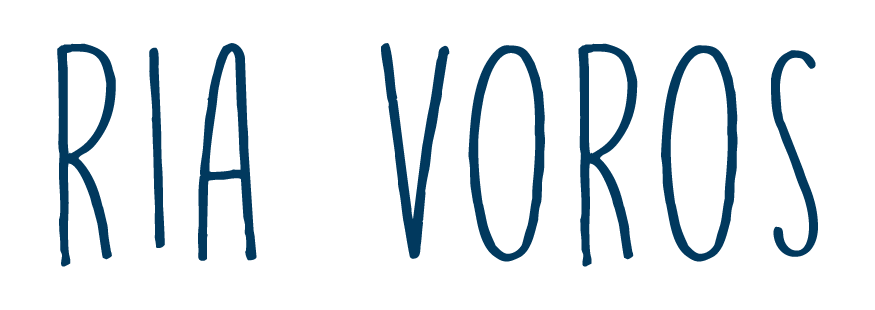
Is it a croissant? Is it a brioche? Is it a kind of donut?! Nope, it’s kouign-amann.
My romance with kouign-amann began with a hunt for the setting for my next novel. Already a Francophile I had a few ideas about where I wanted to set A French Wedding but needed a specific location. The story of a group of old college friends, gathering together to celebrate the fortieth birthday of one of their own – musician Max, who relocated from London to Paris – required a setting that wasn’t too flashy, a bit rough around the edges. Not too far from Paris (an easy drive for a man who likes fast cars) and by a beach but not one that is too pretty or too full of tourists. A village where people turn when a foreigner walks in the door to the pub, who have unpolished, unpretentious lives, who buy their food from the local market not because it is trendy but because it’s what generations before them did, because it is practical. Real people.
Dordogne and Brittany were top of my hit-list, two of my favourite regions in France. Dordogne was quickly ruled out because of the lack of beach. Why I needed a beach I’m not quite sure; but the story just didn’t make sense to me without one. Armed with my laundry list of needs, I met with a friend of a friend, a French teacher, Veronique, and discussed my desire for just the right setting. Perfectly, Veronique turned out to be from Brittany. We hunched over a map as she described the various parts of Brittany. The Finistere region is so west it is considered to be “the end of the world” and I loved it immediately from Veronique’s descriptions. Small, rugged villages with locals who fish for sardines, with inclement weather and few tourists. I scrawled down all the places Veronique mentioned. One of those villages, Douarnenez, is known for a particular kind of pastry – kouign-amann. To say that my ears pricked up at this is an understatement.

Kouign-amann originated in Douarnenez. It is made simply with butter, sugar and dough, but tastes, like all simple, traditional French treats, exquisite. Sweeter and toothier than a croissant, less bready and more caramel than brioche. Unfussy and delicious. The name translates to “butter cake” in the local Breton language and kouign-amann can be found in most bakeries and at local weekend markets. During a research trip (more on that soon!) we visited Treboul market in Douarnenez and encountered a row of sizzling cast iron saucepans, each filled with kouign-amann, the contents still bubbling and blistering with butter and sugar. The smell was unreal. Though sometimes served in individual portions, like the one pictured above, all the kouign-amann I ate in Douarnenez were wedges cut from a larger circle. They were dense and sweet and crisp-topped. The pieces I couldn’t manage to finish left dark, grease shadows in their paper bags. My husband, Matt, wasn’t too sure about travelling to the other side of the world motivated by a pastry. But after eating his first kouign-amann declared that “this might be the best thing I have ever eaten”.
Have you heard of kouign-amann? Have you tried it? Are you part of the smug club that knows and loves it?
With love,
Hannah
A French Wedding, published by Doubleday, launched June 6th in the U.S. and Canada. For the month of June we are going to be celebrating the themes of the book with posts about France, feasting, friendships and family.
To win two copies of the book – one for you and one for your favourite reading partner – go to the Fork & Fiction Instagram or Facebook page and don’t forget to tag a friend. Winners drawn and announced Sunday 25th June.
*Kouign-amann tips! For Auckland / NZ-based folk I recommend the kouign-amann at Rendez-vous café, located next to The Pumphouse theatre in Takapuna. For Sydney / Australia-based folk I recommend the kouign-amann from Sonoma bakery. The latter is served “American style” – in individual portions with custard and a little jam.

Ooooh gosh, gotta find me one (or five) of those. The hunt starts now.
I’m with Ria – I need to find one of these. And lucky us, we’re off to France for a quick trip soon!
Ooooh, so exciting! Where are you going? Will you be cycling?